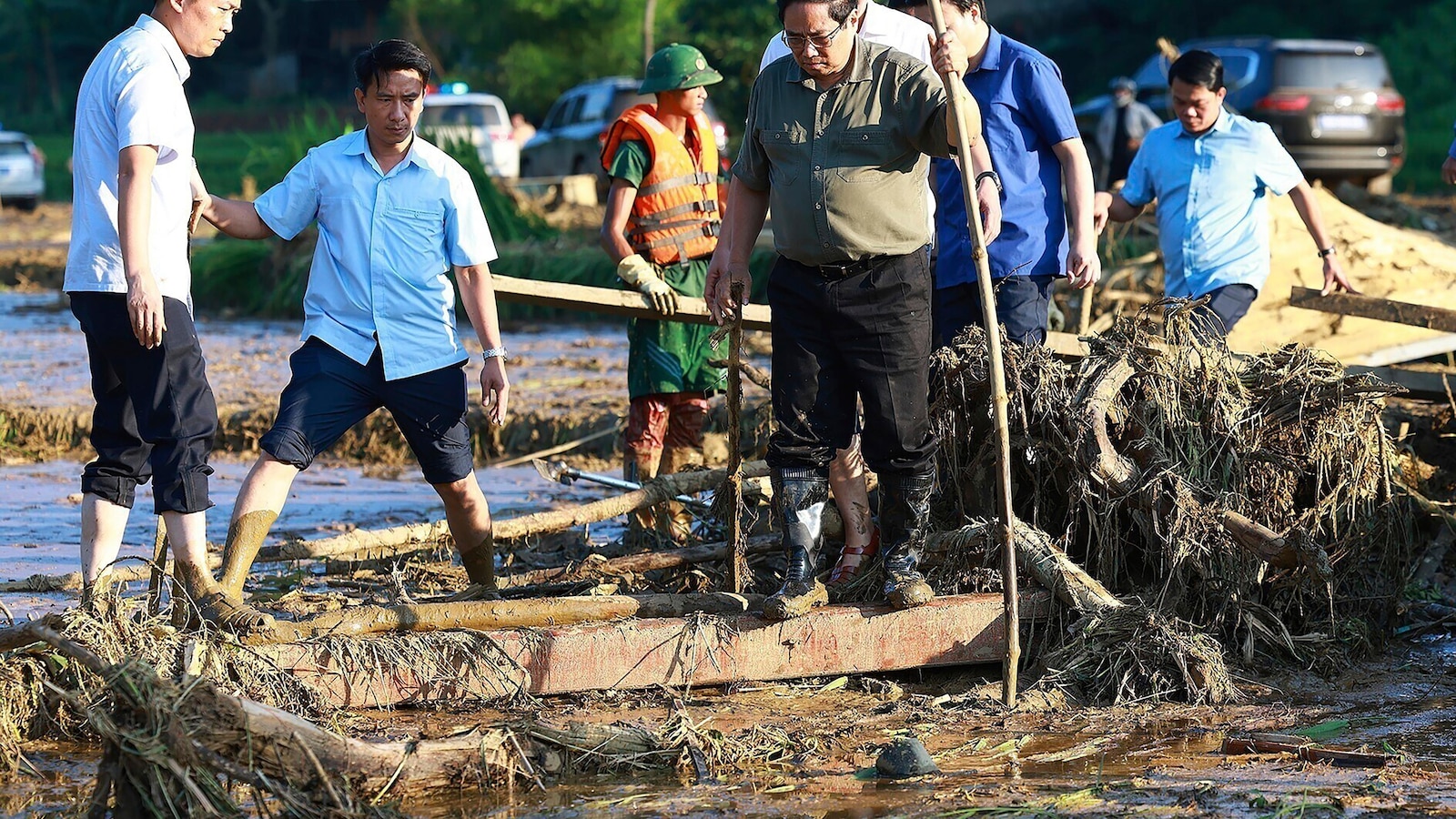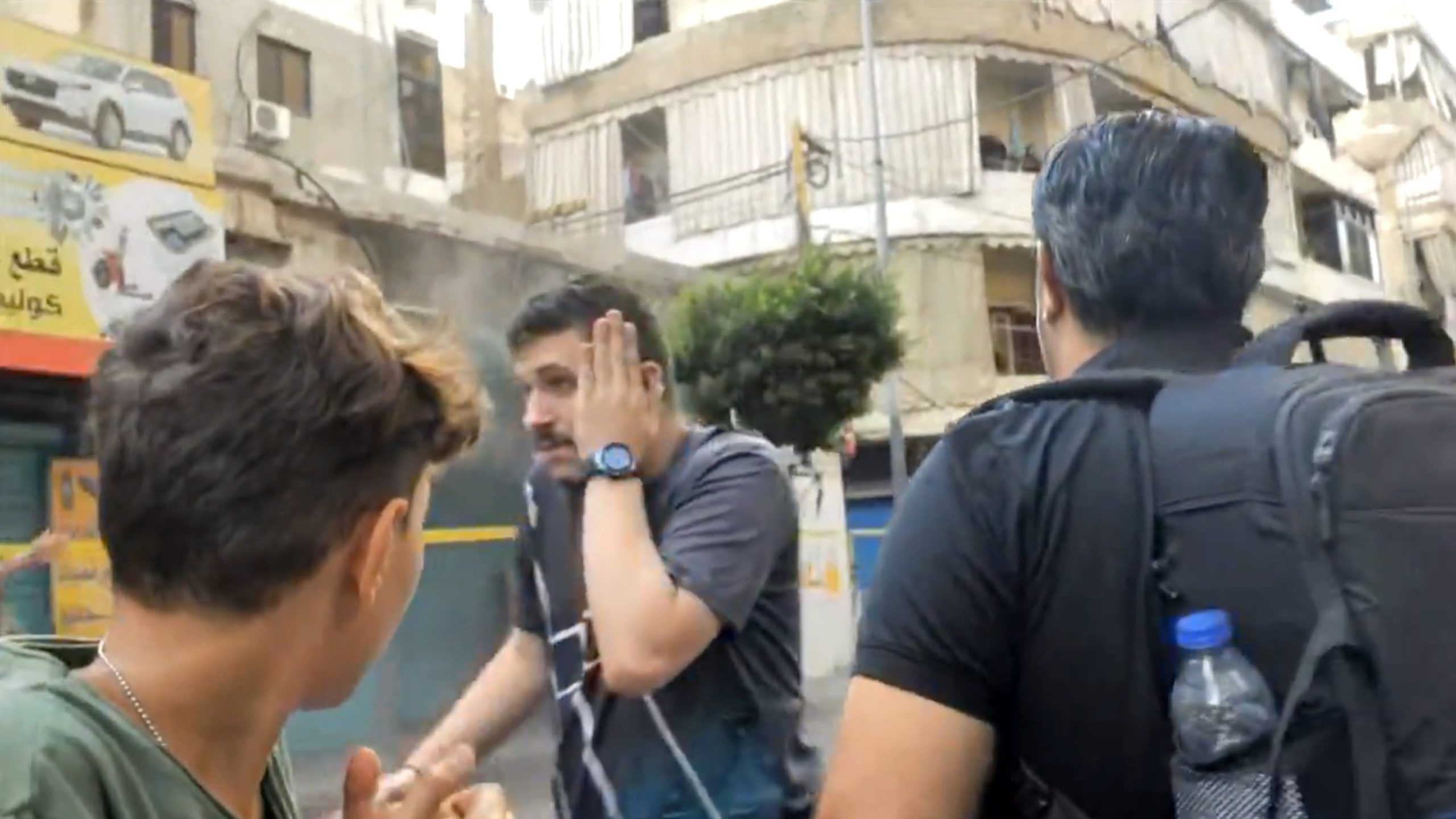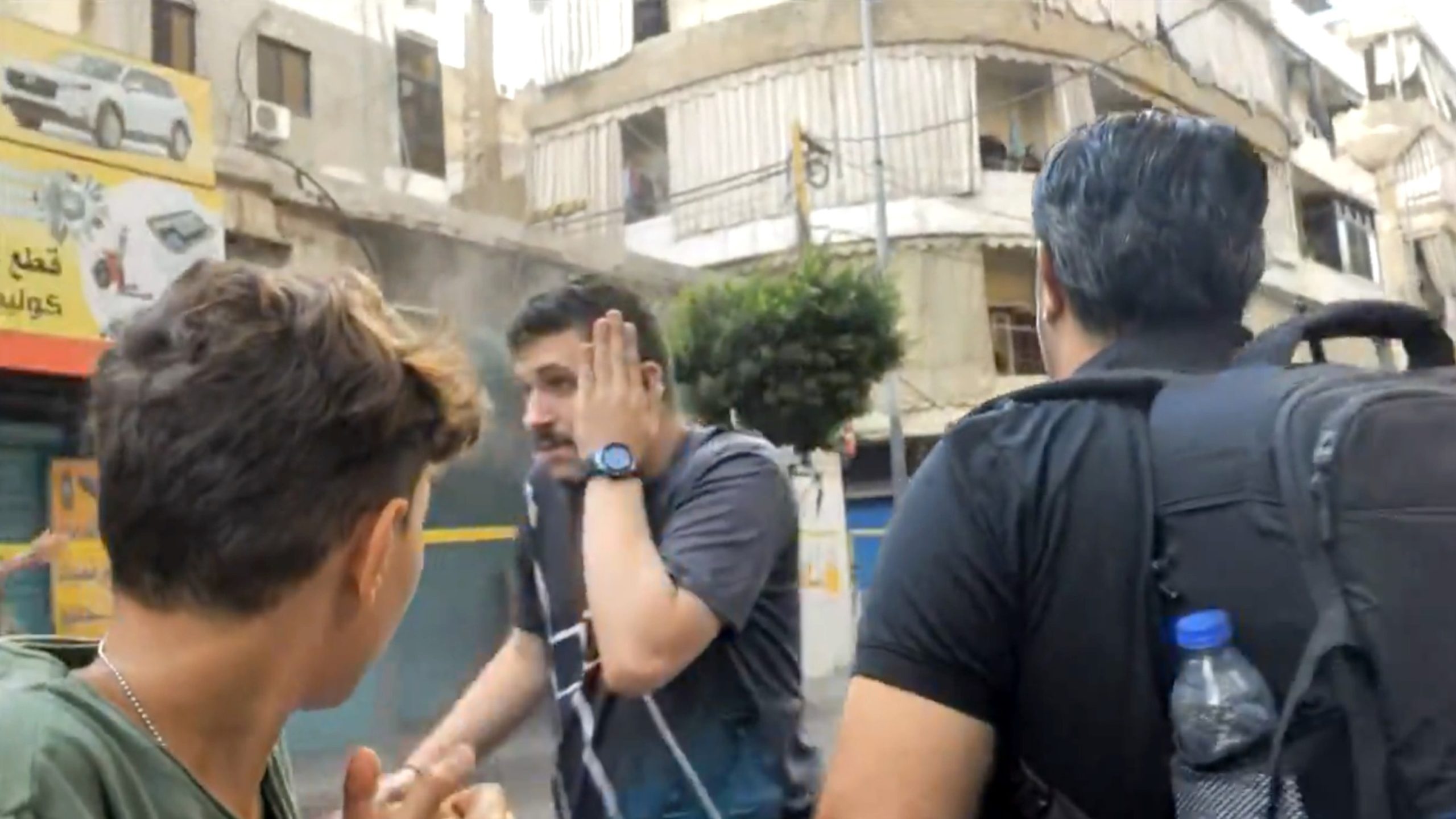
HANOI, Vietnam — The death toll in the aftermath of a typhoon in Vietnam climbed to 233 on Friday as rescue workers recovered more bodies from areas hit by landslides and flash floods, state media reported.
Flood waters from the swollen Red River in the capital, Hanoi, were beginning to recede somewhat, but many neighborhoods remained inundated and farther north experts were predicting it could still be days before any relief was in sight.
Typhoon Yagi made landfall Saturday, starting a week of heavy rains that have triggered flash floods and landslides, particularly in Vietnam’s mountainous north.
Across Vietnam, 103 people are still listed as missing and more than 800 have been injured.
Most fatalities have come in the province of Lao Cai, where a flash flood swept away the entire hamlet of Lang Nu on Tuesday. Eight villagers turned up safe on Friday morning, telling others that they had left before the deluge, state-run VNExpress newspaper reported, but 48 others from Lang Nu have been found dead, and another 39 remain missing.
Roads to Lang Nu have been badly damaged, making it impossible to bring in heavy equipment to aid in the rescue effort.
Some 500 personnel with sniffer dogs are on hand, and in a visit to the scene on Thursday, Prime Minister Pham Minh Chinh promised they would not relent in their search for those still missing.
“Their families are in agony,” Chinh said.
Coffins were stacked near the disaster site in preparation for the worst, and villager Tran Thi Ngan mourned at a makeshift altar for family members she had lost.
“It’s a disaster,” she told VTV news. “That’s the fate we have to accept.”
In Cao Bang, another northern province bordering China, 21 bodies had been recovered by Friday, four days after a landslide pushed a bus, a car and several motorcycles into a small river, swollen with floodwaters. Ten more people remain missing.
In the aftermath of Yagi, the strongest typhoon to hit the Southeast Asian country in decades, Australia has already begun delivering humanitarian aid supplies as part of $2 million in assistance.
South Korea has also pledged $2 million in humanitarian aid, and the U.S. Embassy said Friday it would provide $1 million in support through the U.S. Agency for International Development, or USAID.
“With more heavy rain forecast in the coming days, USAID’s disaster experts continue to monitor humanitarian needs in close coordination with local emergency authorities and partners on the ground,” the embassy said in a statement. “USAID humanitarian experts on the ground are participating in ongoing assessments to ensure U.S. assistance rapidly reaches populations in need.”
Experts say storms like Typhoon Yagi are getting stronger due to climate change, as warmer ocean waters provide more energy to fuel them, leading to higher winds and heavier rainfall.
The typhoon and ensuing heavy rains have damaged factories in northern provinces like Haiphong, home to electric car company VinFast, Apple parts suppliers and other electronic manufacturers, which could affect international supply chains, the Center for Strategic and International Studies said in a research note.
“Though 95 percent of businesses operating in Haiphong were expected to resume some activity on September 10, repair efforts will likely lower output for the next weeks and months,” CSIS said.
_____
Rising reported from Bangkok.
Vietnam is currently facing a devastating aftermath of Typhoon Molave, which has left a trail of destruction in its wake. The death toll has now reached 233, with more bodies being discovered as rescue teams continue to search for missing individuals.
The typhoon made landfall in central Vietnam on Wednesday, bringing heavy rains and strong winds that caused widespread flooding and landslides. Many villages and towns have been completely submerged, leaving thousands of people displaced and in need of urgent assistance.
Rescue efforts have been hampered by the difficult terrain and severe weather conditions, but teams are working tirelessly to locate survivors and recover bodies. The Vietnamese government has deployed military personnel and volunteers to assist in the search and rescue operations, but the scale of the disaster is overwhelming.
In addition to the loss of life, the typhoon has caused extensive damage to infrastructure, including roads, bridges, and homes. Power outages and communication disruptions have further complicated relief efforts, making it difficult for authorities to coordinate their response.
The international community has also stepped in to offer support, with countries such as Japan, South Korea, and the United States providing financial aid and sending relief supplies to help those affected by the disaster. Non-governmental organizations are also on the ground providing food, water, and medical assistance to those in need.
As the death toll continues to rise and more bodies are discovered, the focus is now on providing assistance to survivors and rebuilding communities that have been devastated by the typhoon. The Vietnamese government has pledged to provide aid to those affected by the disaster and has called for international support to help with the recovery efforts.
The aftermath of Typhoon Molave serves as a stark reminder of the destructive power of natural disasters and the importance of preparedness and response measures. As Vietnam mourns the loss of lives and begins the long process of recovery, it is crucial for the global community to come together and support those in need during this difficult time.


